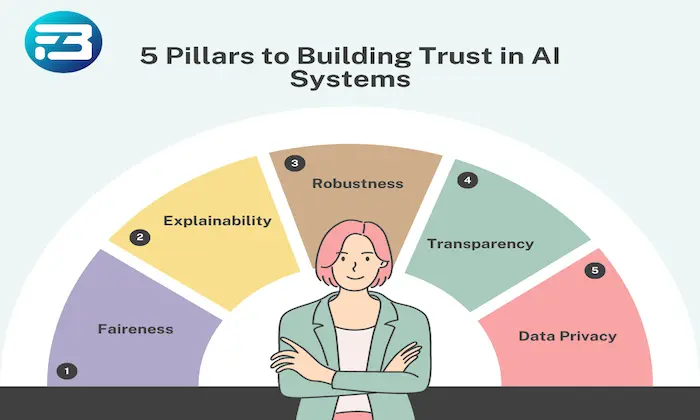How are in-car voice datasets used in building speech assistants?
Voice Recognition
Speech AI
In-Car Technology
In-car voice datasets are pivotal in creating advanced speech assistants specifically tailored for automotive environments. These datasets, a collection of voice recordings captured within the unique acoustic setting of vehicles, are essential for training AI models that excel in speech recognition and command understanding. By delving into their complexities, these datasets not only boost the performance of speech assistants but also redefine in-car user experiences.
Why Are In-Car Voice Datasets Essential?
The acoustic environment inside vehicles is uniquely challenging for voice recognition systems. Unlike controlled settings, vehicles are rife with diverse background noises such as engine hums, road textures, and conversations among occupants. Consequently, standard automatic speech recognition (ASR) models often struggle in these dynamic conditions. In-car voice datasets address these issues by offering:
- Complex Acoustic Profiles: Vehicle interiors create unique sound reflections from surfaces like windows and dashboards, affecting how sound waves are captured by microphones. Understanding these profiles is crucial for developing models that can accurately interpret voice commands in such environments.
- Diverse Speaker Data: Including varied demographics and accents ensures that models generalize well across different user bases.
By utilizing these datasets, speech assistants become more accurate and reliable, enhancing the overall user experience in vehicles.
How Are In-Car Voice Datasets Collected?
The process of collecting in-car voice datasets is methodically planned to encompass a wide range of speech interactions:
- Real-World Driving Conditions: Recordings are made in both stationary and moving vehicles, across urban, highway, and rural settings, to create a comprehensive dataset that mirrors real-world scenarios.
- Speaker and Microphone Variety: Data is collected from both drivers and passengers, capturing spontaneous dialogues and prompted commands. Microphones are strategically placed at various locations to introduce acoustic variability.
- Spontaneous and Contextual Speech: Emphasis is placed on capturing natural speech patterns, which aids in developing models that can understand both casual conversations and structured commands.
Types of Speech and Annotation Techniques
In-car voice datasets capture a spectrum of speech types, crucial for robust AI model training:
- Wake Word Utterances: Phrases that trigger the voice assistant.
- Single-Shot and Multi-Turn Commands: From direct instructions for navigation to extended dialogues requiring contextual understanding.
- Emotional and Urgent Commands: Capturing emotional nuances to improve interaction quality.
Each audio sample is thoroughly annotated with:
- Speaker Roles: Distinguishing between drivers and passengers.
- Noise and Intent Tags: Labeling environmental sounds and categorizing utterances as commands or emotional expressions.
These detailed annotations enrich the training data, significantly enhancing the machine learning models' ability to process and understand user intent.
Real-World Applications and Benefits
In-car voice datasets are integral to several automotive innovations:
- Voice-Enabled Infotainment Systems: Allowing seamless, hands-free control over music, navigation, and communication systems.
- Driver Assistance Technologies: Responding to voice commands for safety and convenience features like adaptive cruise control.
- Emotion-Aware AI: Adjusting the in-car environment based on the driver's mood and emotions.
For example, a luxury electric vehicle manufacturer utilized 500 hours of spontaneous in-car speech data to develop a multilingual voice assistant, enabling it to handle commands in various languages effectively, reflecting the diversity of its user base.
Challenges and Best Practices
Despite their advantages, in-car voice datasets present challenges:
- Acoustic and Demographic Variability: A lack of diversity can lead to biased models, limiting effectiveness across different user groups.
- Over-Reliance on Clean Data: Exclusive reliance on high-quality datasets can result in poor real-world performance.
To overcome these challenges, best practices include:
- Regular Dataset Evaluation: Using metrics like Word Error Rate (WER) and intent detection accuracy to continuously assess and refine model performance.
- User Feedback Integration: Leveraging user interactions to enhance dataset quality and model robustness over time.
Future Directions in Automotive AI
As the landscape of automotive AI evolves, in-car voice datasets are set to become even more integral:
- Multi-Agent Systems: Facilitating interactions between multiple AI entities within the vehicle.
- Emotion-Rich Dialogue Data: Enabling more nuanced and context-aware conversations.
- Federated Learning: Allowing models to learn and adapt from user interactions while maintaining data privacy.
Empowering Your AI Initiatives
For those looking to innovate in automotive AI, employing high-quality in-car voice datasets is crucial. FutureBeeAI provides customizable datasets tailored to specific automotive needs, ensuring your speech assistant can navigate the complexities of real-world driving environments. Partner with us to propel your AI projects forward, ensuring user trust and satisfaction are paramount.
What Else Do People Ask?
Related AI Articles
Browse Matching Datasets
Acquiring high-quality AI datasets has never been easier!!!
Get in touch with our AI data expert now!








